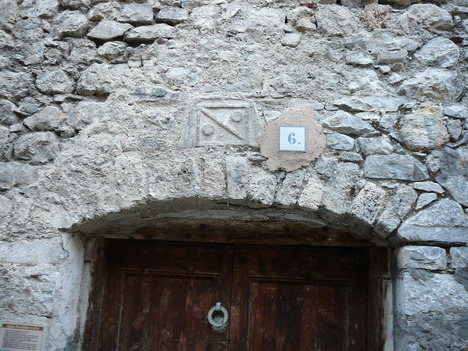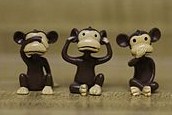
What is the connection (if any) between the symbol on this house in Sin, Huesca, and that of the Día supermarket chain?
(
Sin really does exist. Here’s the sign:

One would obviously like to live in it, at least for a while, but owners are reluctant to sell.
)
Similar posts
- Dol(l)men
Hippies think that dolmens, as well as being graves, are there to kill people on or point out the stars. I - Quantitative easing à la catalane
Make lots of new ~euros in China and sell them under nominal price at gypsy markets. It will end in tears, - A village called Sin
Shame Guy Bellamy (A village called Sin) wrote about Compton Sinton instead of Sín, Huesca. - Chistabín
Currently doing a bit of literary translation out of one very strange dialect into another, and here’s something not so completely - Plastered? Stone wall covering in Spanish vernacular architecture
Andoni Alonso, Inaki Arzoz, and Nicanor Ursua don’t provide sources for any of their often startling claims in this piece on


Trevor,
Here’s one to add to the collection of language-not-fully-comprehended anecdotes you might maintain.
My aunt Fé, d.e.p., upon asking the waitress for water to accompany her meal at a local spot, was responded to with, “¿Con gas o líquida?”. Guíscanos.
You laugh, but that waitress went on to write a bestselling physics textbook for use in secondary schools.
i always knew DIA was a den of Sin